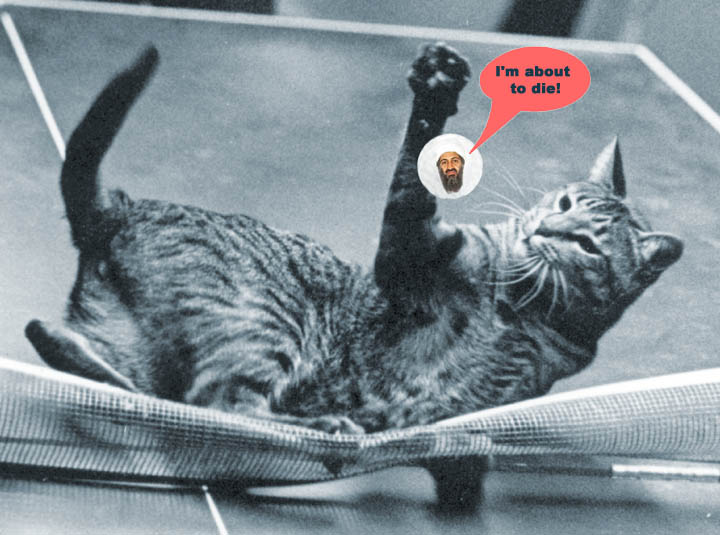Eugene, Oregon (Non-Table Tennis)
This afternoon I'm off for Eugene, Oregon for eight days, May 9-18, to visit my dad, who's 76. He recently had a stroke. It's not life threatening, but he's paralyzed on his left side. (And he's left-handed.) I still plan on doing the daily blog. Edit - Change of plans - it's going to be a bit hectic here, and I have other things on my mind, so I'm going to take the week off. I'll go back to daily blogs after I return to Maryland, on Wednesday, May 18.
Pushblocking with Long Pips (no sponge)
Because of a muscle tear, I'm trying to rest my back. And so yesterday in practice matches with our junior players I decided to play with long pips, no sponge (Tibhar GrassD.Tec5), and covered the entire table with my backhand. As expected, it caused complete havoc. I didn't play our top juniors, mostly ones under 1800, but let's just say it wasn't pretty. As a coach, I need to play more orthodox for my students, i.e. regular inverted. But if my goal was to just win, I'm pretty sure I'd shoot up a bunch with this stuff. My level these days is at most 2200, but who knows what it'll be when my back gets better so I can use my normal forehand (along with my serve & follow), etc.
World Championships in Rotterdam, Netherlands, May 8-15
Dying to follow the World Championships? Then visit the ITTF World Championships page. Dying to follow every move made by Team USA? Then visit the USA Team Page. Still not enough for you? Then train for 10,000 hours over the next ten years with the best coaches and trainers, make the USA Team, and go to the Worlds in person.


 Photo by Donna Sakai
Photo by Donna Sakai



